Hello creative thinkers!
Have you played a board game that you loved so much it inspired you to try to make your own?
Have you wondered, “How do I get my game idea onto the shelves of my local gaming store?” I sure did.
At Streamlined Gaming we’ve broken down the game creation process into these 5 phases of game design to help you from start to finish:

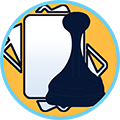
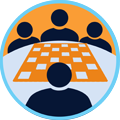
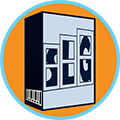
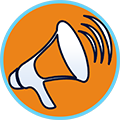
Keep in mind the process is not a straight line from start to finish. Instead, think of it as a guideline to keep your game moving forward. While these 5 phases are presented in chronological order (start at phase 1 and end at phase 5), you will often revisit previous phases. For example, you will loop through phases 1-3 until you are ready to move onto publishing your game.
1. Planning
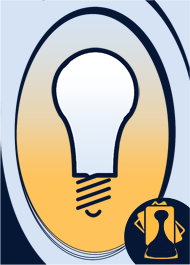
In the planning phase designers:
- Brainstorm – You probably started here with the idea for your game.
- Make Decisions – Theme, Game Type, Cards, Boards, Dice, Tokens, Rules…there is always something new to decide.
- Identify Their Target Audience – Yes, this is a “Decision” but it’s really important! If you plan who you are you making your game for from the beginning and make your other decisions with your Target Audience in mind, you are setting yourself up for success.
Whether it’s your first game or your 100th, starting with a great plan sets you up to achieve your goals.
The planning phase might be my favorite phase because I love to brainstorm new games I want to play.
When I create a game that plays close to how I imagined in the planning phase it is very satisfying. But before we can actually playtest the game, we must first build a prototype.
“Don’t spin your wheels and stress. Take a deep breath, center yourself and make a plan.” — Douglas Adams

2. Prototyping
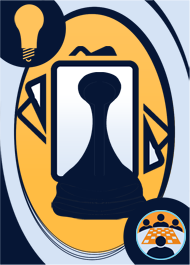 This is the DIY (Do It Yourself) “build your own board game” phase.
This is the DIY (Do It Yourself) “build your own board game” phase.
You will have to make or find your own:
- Cards – I started out by cutting notecards in half and then writing on them with pen. Thanks to Greg, I now have a much more efficient and easier way to create and balance cards using NanDeck and excel spreadsheets.
- Boards – I typically design a very basic board for my games. What I focus on during this phase is whether the elements of the board (number of spaces, spaces a character can move, etc.) seem balanced. I want the playtesting to go well so I spend more time on balancing the board rather than focusing on art. That said, a little art goes a long ways in first impressions. Phase 3 will be easier to convince playtesters to try out your game if you have a little art. In can even be a free image from the internet.
- Assorted Pieces – When possible, use game pieces from the games you already own. This is very good because the pieces will look professional and players enjoy moving around nice tokens or rolling high quality dice.
I used to find the prototyping phase a real drag. I had a great idea and I wanted to playtest it, but I couldn’t because I had issues with creating cards. Many of my hours and much of my energy has been sucked up finding the best and most efficient ways to create cards for my prototypes.
Though now that I have found a streamlined way to do this, prototyping is much more manageable (and even fun at times!)

3. Playtesting
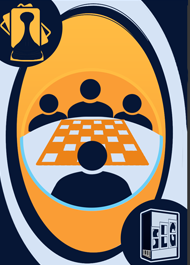 Now you get to find out if your game plays out in real life anywhere close to how it played out in your head!
Now you get to find out if your game plays out in real life anywhere close to how it played out in your head!
A few notable steps taken in this phase are:
- Finding Playtesters – I typically ask my friends and family first and get their feedback. If they seem to like it, I will then take it to local board game meetup (search “board games” to see if you have a group in your area). You can also find players at your LGS (Local Gaming Store). If you don’t mind traveling, there are Protospiels which are events made specifically for game designers to have their prototype playtested.
- Playtesting the game – I want you to be aware that your feedback will not always be nice. Try not to get discouraged by all of the doom and gloom you are bound to here at this part of your journey. Stay strong and focus on the important feedback such as suggestions about a certain aspect of the game that needs to be changed. Or if people seem overly bored. Or maybe they seem really happy with everything but the way the game ended abruptly.
- Gathering Data – Don’t forget to write down comments or suggestions from the players. Don’t fall into the trap of “I will remember all of this later.” When I have forgot to take notes in the past, I have regretted it weeks/months later.
This is a really fun phase if you approach it with an open mind. Not everyone will like your game and that is okay (actually most people won’t). Try and focus on the suggestions of the people that DID like your game (they would be your target audience). You will be better off and happier for it.
After completing Phase 3:
Repeat phases 1-3 until you are ready to move onto publishing.

4. Publishing
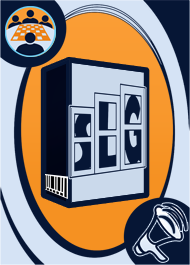 Wow! You made it through what seems like the endless circle of Phases 1-3.
Wow! You made it through what seems like the endless circle of Phases 1-3.
Now it is time to Publish your game! You have 2 choices from here:
- Self Publish – The typical process for aspiring game designers goes like this. Reach out to manufacturers (typically in China). Find out how much your game will cost to make. They send you a prototype of your game. Once approved, you then raise money through Kickstarter. If successful, you have your game made and mailed to all of your backers. If not, try again or pay for it yourself and sell through a website or distributors.
- Get Published – Self publishing a board game is tough. I hear getting published by an existing company is just as hard if not harder. Again, remember that MOST game companies will tell you “no”. And that is ok. It will typically take tens/hundreds of “no”s before you get the “yes” (if you ever do). I’m not trying to discourage you, I just want you to know what you are getting into.
This is a big jump of faith for first time game designers. It is really hard getting your first game published. You have to learn a lot but know you can do it.

5. Promoting
If you self publish your game (most first time designers do) then you have finished phases 1-4. This phase is a bit unique because it’s best to promote your game throughout the process but we’ve placed it at the end because you will continue to promote once the game is finished.
Several ways to promote your game for free:
- Facebook – Tell all your friends and family. Shamelessly ask them to share about your game.
- Community Member – Become a part of the board game “community”. Be active online or attend gaming conventions. You don’t have to always talk about your game. Simply helping other gamers and engaging with people will get your name out there. And when they ask what you do… “I made Memaw’s Monsters!”
- Reddit – You could let Reddit know about your recent accomplishment of publishing your first game.
So there you have it. The 5 phases of game design:
Click on a phase below to see the latest articles in that category.
What phase of game design are you currently on? We would love to hear about your game. Tell everyone in the comments below!

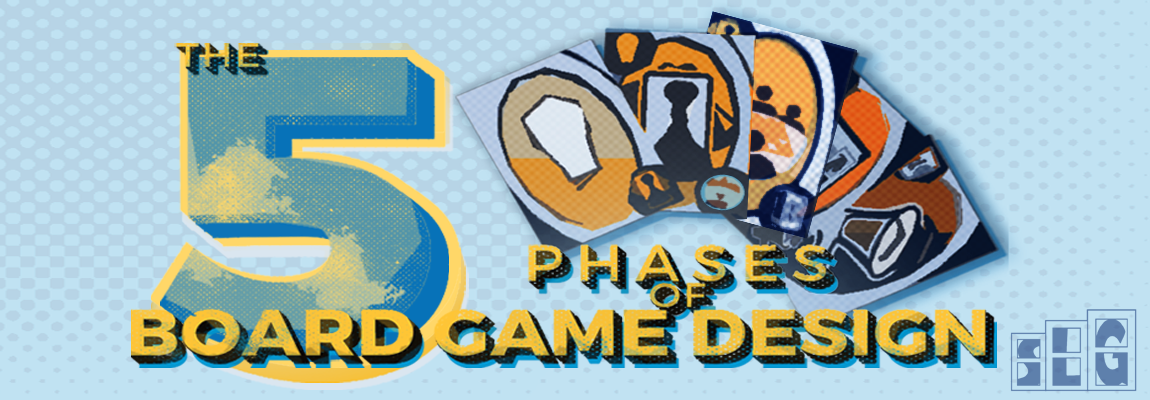


Leave a Reply